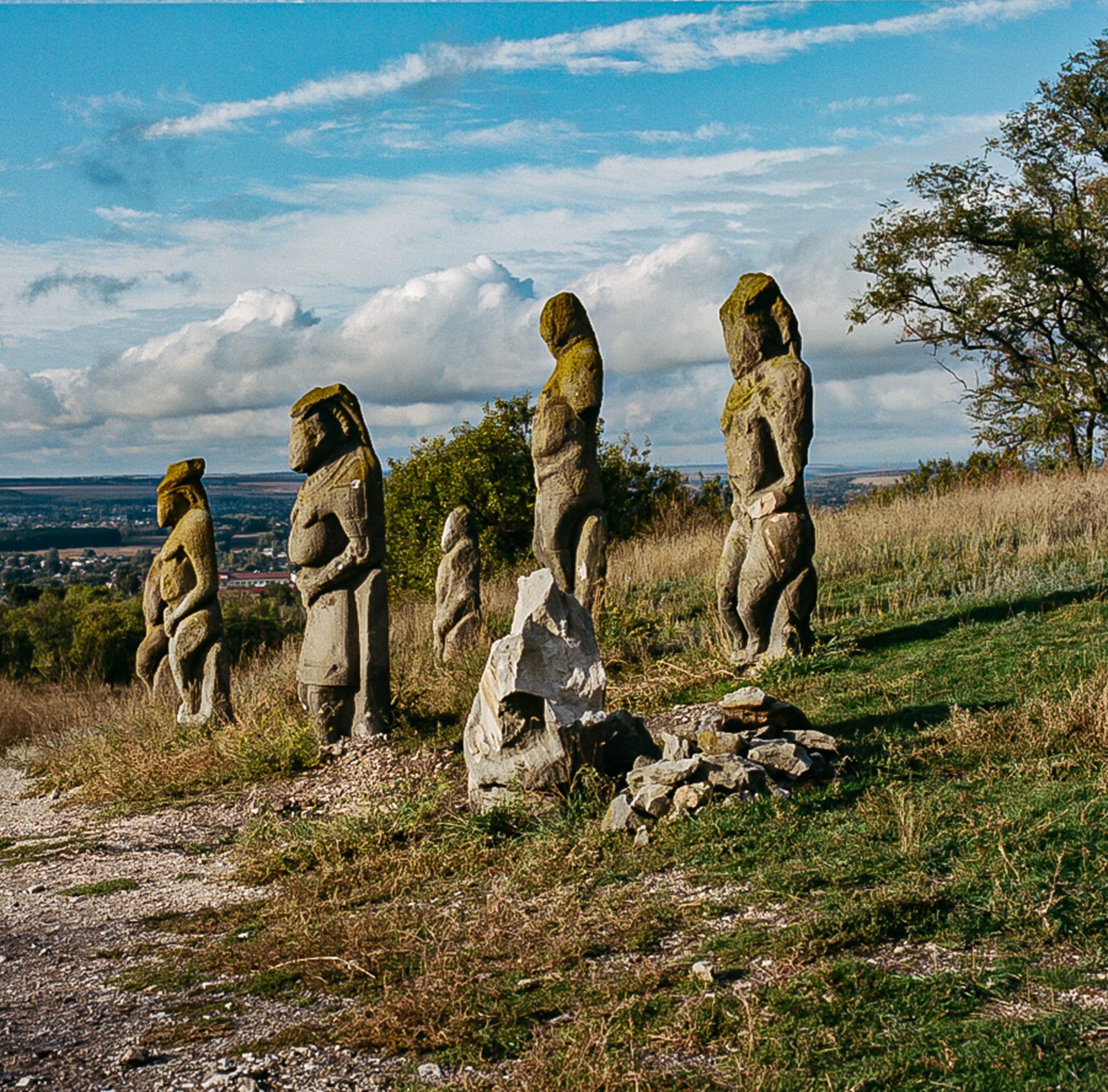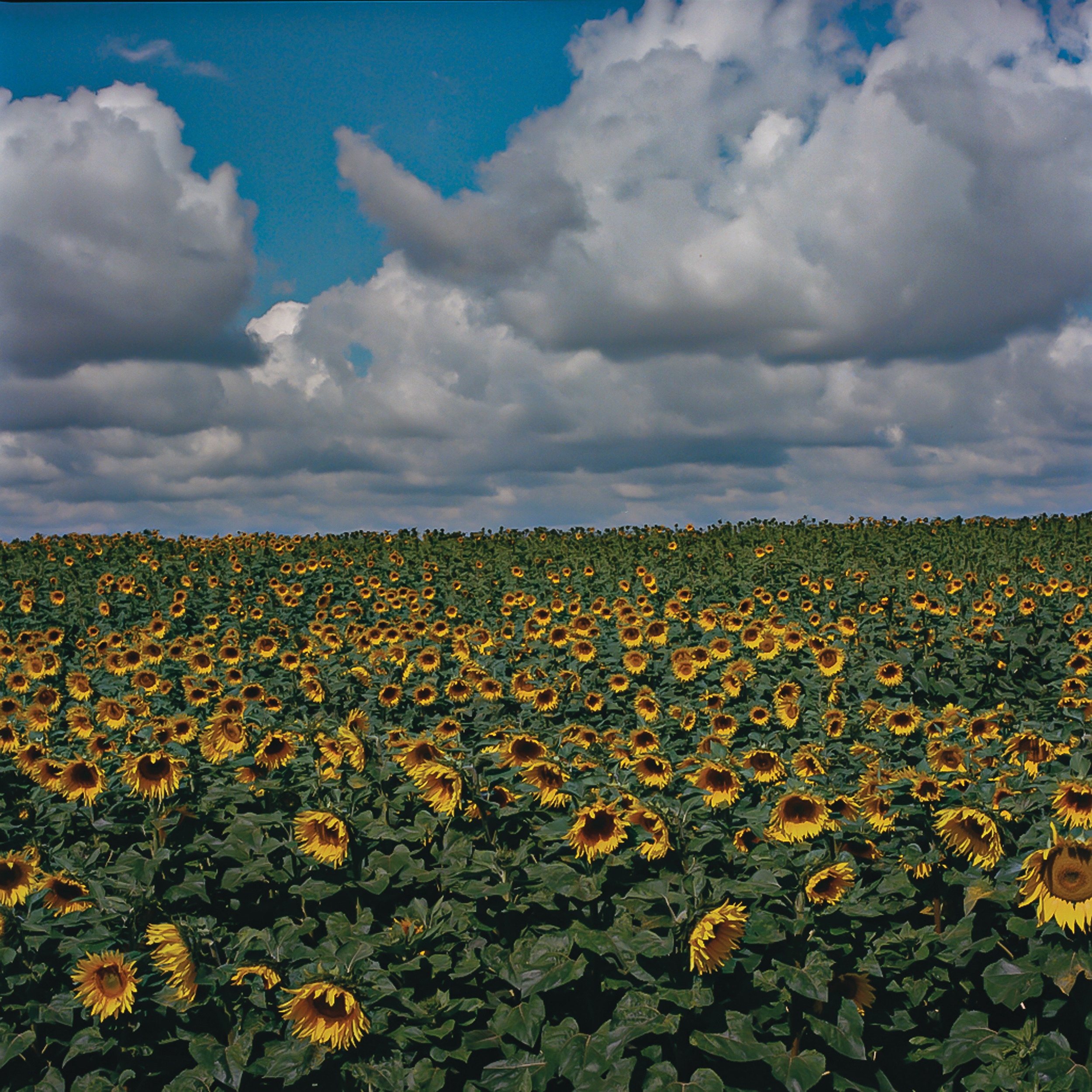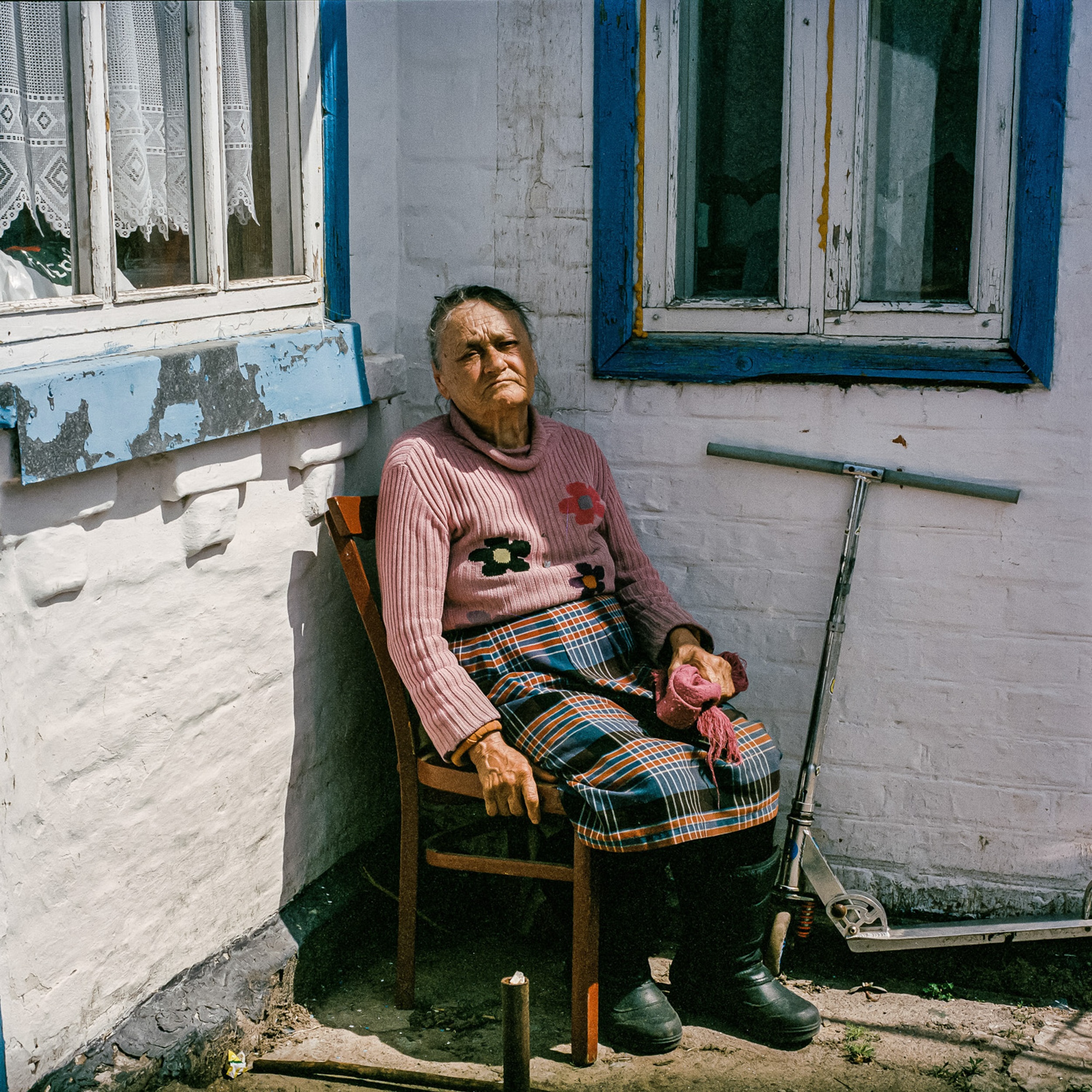All images © Byron Smith
The American photographer’s debut monograph was inspired by a celebrated 19th-century poet and the stories of people he met on his journey
When Byron Smith journeyed to the Ukraine-Poland border, just 48 hours after Russia’s invasion, the Athens-based American photographer came across images of a “moustachioed man” scattered over the walls of a Polish school. After identifying the man as Taras Shevchenko, Ukraine’s most celebrated poet and a major figure of the Ukrainian national revival, Smith became inspired to take on one of the poet’s works – My Testament – as the title for his debut monograph, Testament ’22.
“The way [Shevchenko’s] existence presented itself to me was a bit of magic in an unpredictable time,” Smith tells me. “After reading [My Testament] when I was deep into Ukraine, heading towards Kyiv, I realised I didn’t have a will… I didn’t write out what I would leave behind to the people I love if the worst came to be. With mortality in mind, I thought deeply about what I wanted to say with this work and what I wanted to leave behind.” The resulting photobook is a documentation of Smith’s 10,000-mile journey across a battered Ukraine during the country’s first year of war and evidence of the horrendous human cost of war universally.




“At least the audience can see a bit more than statistics”
Smith is not new to conflict – in 2016–17, he spent time in Mosul, Iraq, documenting the battle against Isis; in Northern Ireland, he captured the lingering effects of sectarian violence, and he has covered the refugee crisis across Greece at length, as well as political landscapes in places such as Sudan and Kazakhstan for The New York Times, The Wall Street Journal, Getty Images, CNN, Le Monde and more.
During his journey with two other photographer colleagues whom he entered Ukraine with, Smith came across a group of Ukrainian youths building camouflage nets for troops in Lviv. As an air-raid siren started sounding, the Ukrainians allowed the foreign crew to shelter in their basement despite them being strangers. “We found ourselves joking around to keep our spirits up,” Smith explains.
In the northern city of Chernihiv, Smith met 81-year-old Natalya during the summer. She had been under occupation for a month, living in her confined basement shelter. Her home had been demolished and the facade was all that was left standing. “She spent the hot summer days in her basement shelter and the cool nights in her greenhouse. With all that, within seconds of meeting her, she offered me the strawberries she had and wouldn’t take no for an answer,” Smith continues. “That gesture was more than kind, considering she didn’t have much and didn’t even think not to offer.”
The Ukrainians Smith met were eager to tell their stories, inviting him and his colleagues into their homes: “I learned quickly that it was very difficult to refuse anything they offered, like the famous borscht.” The project quickly became more than just a documentation of war, but a journey connecting the photographer with Ukraine’s cultural heritage and the spirit of its people.

The images in Testament ’22 slow us down to interrogate the deeper parts of what make up a human life. They are not simply snapshots of war and a “jostling for power” as Smith puts it. Still lifes of abused houses left behind by opposition forces present damaged sentimental objects and the traits that identify us, or tie us to a place. “At least the audience can see a bit more than statistics,” says Smith. The black-and-white images especially are quiet yet harrowing vignettes of violence without sensationalising war. The colour images employ contrastingly soft and delicate tones which underscore the unsettling scenes. “I’m hoping that the work keeps our collective morality in check. When we see these types of injustice, we at least ask ourselves why, and maybe that makes an informed decision about who we choose to implement these policies.”
The book was released on 24 August 2024, two years after Smith began the project, coinciding with the Independence Day of Ukraine. Looking back at the project, he believes that the early days of the war needed to be documented and remembered “so that future generations can try to learn something and avoid haplessly going to war. It’s naive, but that doesn’t mean it shouldn’t be a goal to strive for.”







